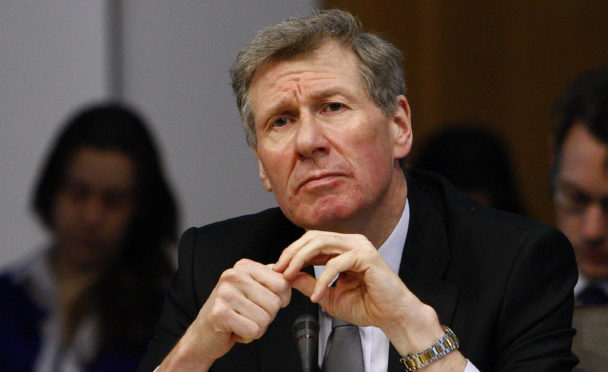
A former member of the Scottish Cabinet has said “time is of the essence” if a new constitutional convention is to be established to build support for a second independence referendum.
Kenny MacAskill, the former justice secretary and a newly elected MP, called for a “coming together” of parliamentarians and others around the issue of “Scotland’s right to decide its own future”.
He wants politicians from both Holyrood and Westminster to be involved, as well as trade union bosses and others, similar to the Scottish Constitutional Convention set up to campaign for devolution in the days of Margaret Thatcher’s premiership.
Mr MacAskill spoke ahead of a major march in support of Scottish independence in Glasgow, which will take place around the same time as members of Labour’s Scottish executive committee meet to consider their stance on the constitution on Saturday.
Reports have suggested Richard Leonard’s party could be “more willing to consider supporting a second referendum” if this was a multi-option ballot, featuring some form of federal alternative.
Before the devolution referendum of 1997, the Scottish Constitutional Convention was established to lobby for the creation of a Parliament in Edinburgh.
Mr MacAskill, a former MSP who returned to politics when he was elected as an MP in December’s general election, stressed “time is of the essence” for a similar organisation to be established.
The East Lothian MP told Skotia Media: “I would like to see Scottish parliamentarians from both Holyrood and Westminster brought together.
“I’d like to see council leaders and other elected representatives brought together.
“It has to eventually be a body, as with the Constitutional Convention, that self-generates so it can’t be at the whim or control of any one political party.
“So I’d first like to see parliamentarians brought together and I think we’ve seen movement from people who aren’t in the SNP – and they don’t have to come to the SNP – but are moving towards an agreement with us that Scotland has to have the right to choose.”
He added: “But I think more importantly as part of building this popular front, we’ve got to widen it.
“That’s why there’s a role for the STUC and the trade union movement.
“So let’s get good people of like minds together because time is of the essence.
“The election was December 12. We’re now into January. The Queen’s Speech is being laid out. The Finance Bill is coming in. The threat is going to be real.”
Mr MacAskill, who served as justice secretary in Alex Salmond’s administration, added: “We move on by people coming together.
“They don’t have to join up for the SNP. They don’t have to support independence.
“I think what they have to do is recognise Scotland’s right to decide its own future but they also have to be prepared to reach out and work collectively to protect our people from the harm that’s going to be threatening them.”
The SNP was initially involved in the Constitutional Convention, which was established in 1989, but ended its involvement because of the organisation’s refusal to consider Scottish independence.

Enjoy the convenience of having The Sunday Post delivered as a digital ePaper straight to your smartphone, tablet or computer.
Subscribe for only £5.49 a month and enjoy all the benefits of the printed paper as a digital replica.
Subscribe